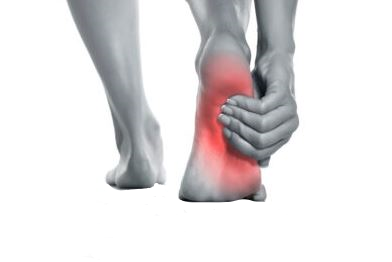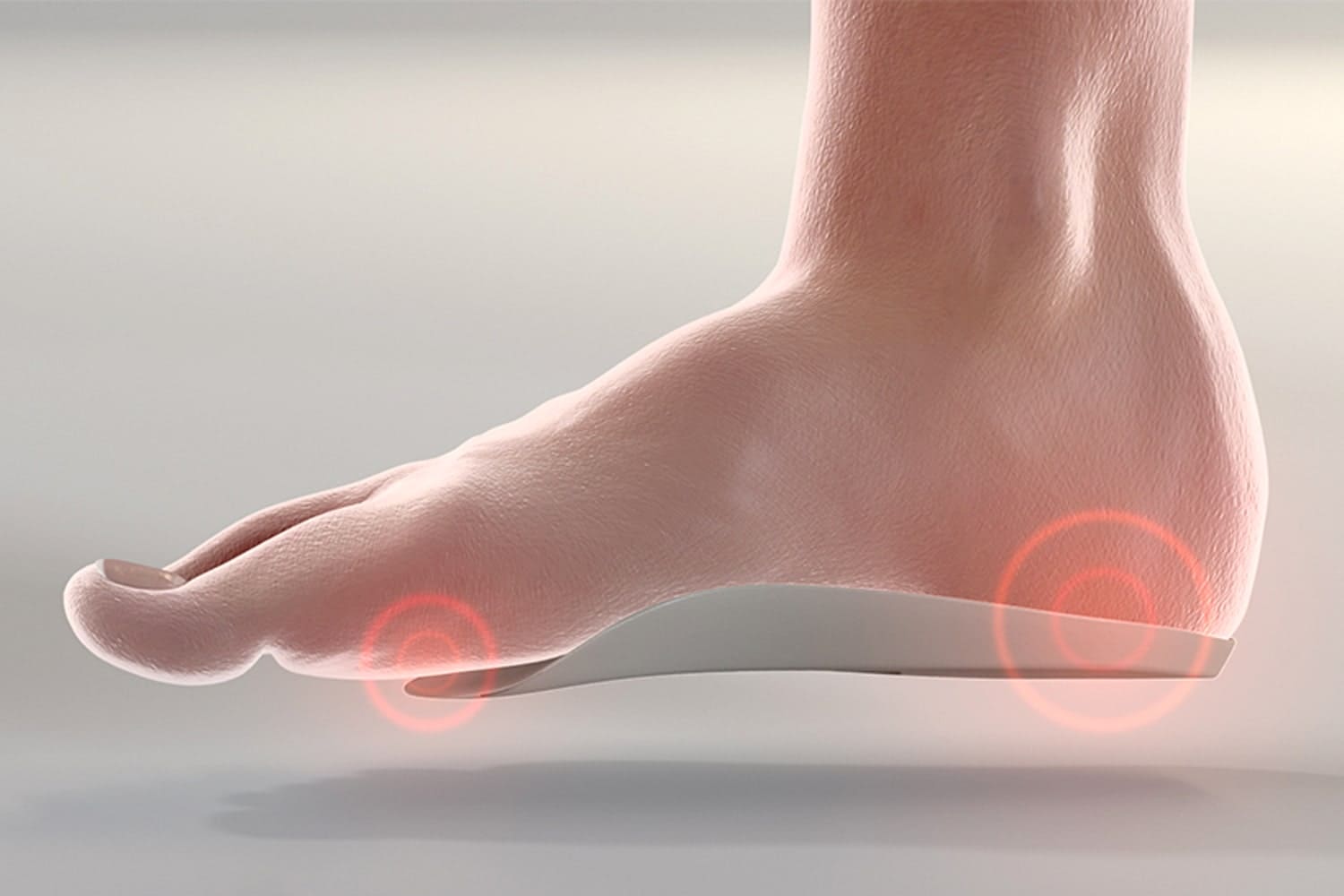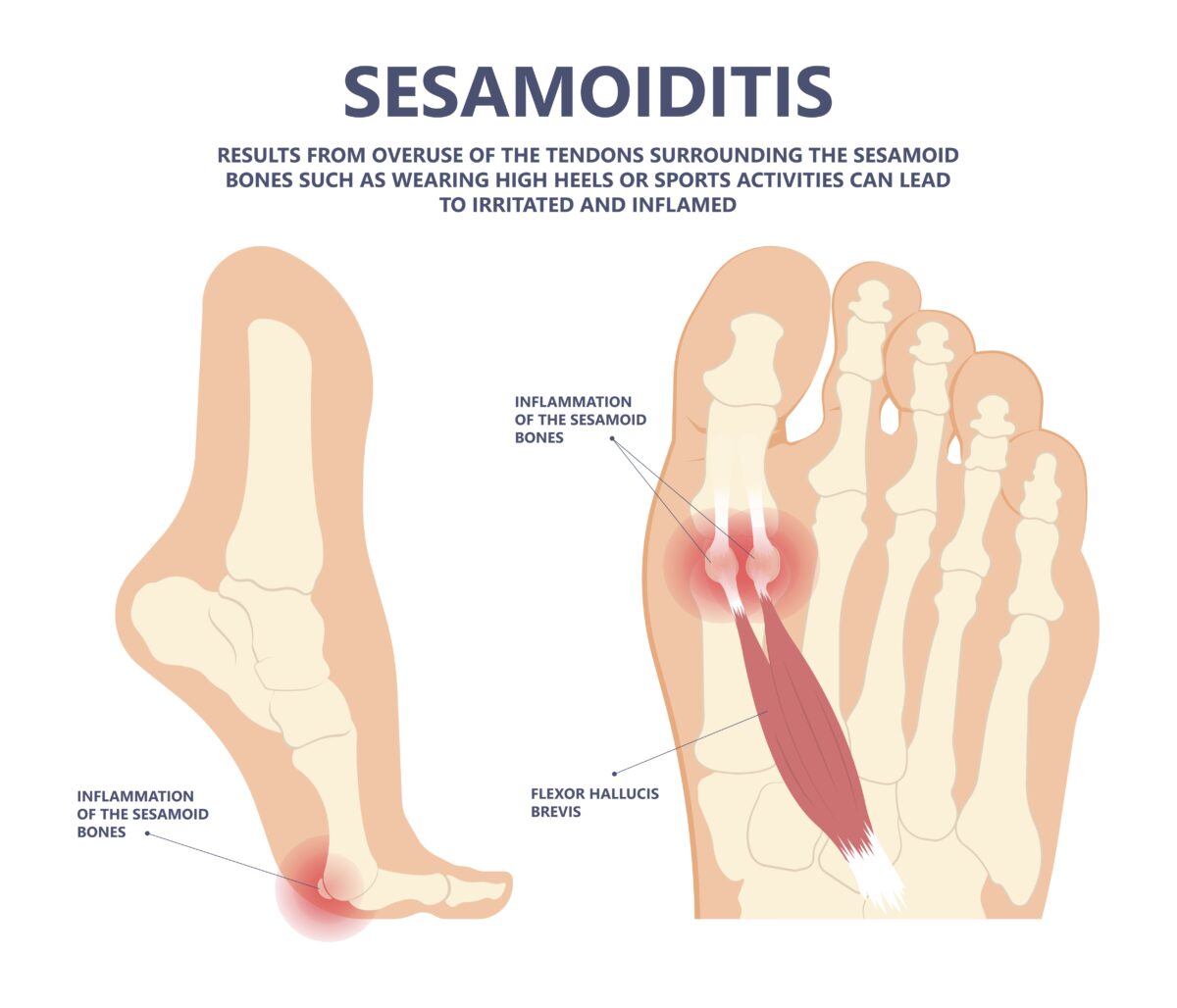Heel pain, a common affliction that affects people of various ages and lifestyles, can significantly impact daily life, restricting mobility and diminishing quality of life. This discomfort, often caused by conditions such as plantar fasciitis, Achilles tendinitis, and heel spurs, can make simple activities like walking, running, or even standing a challenge. Understanding the impact of heel pain and adopting effective prevention strategies is crucial for maintaining foot health and overall well-being. This article explores the consequences of heel pain and outlines practical measures to prevent this pervasive issue.

Table of Contents
The Impact of Heel Pain on Daily Life
Heel pain significantly affects daily life and well-being, impacting individuals of all ages. Often caused by conditions like plantar fasciitis or Achilles tendinitis, it can severely limit routine activities and reduce quality of life. Pain severity varies but typically centers around the heel, potentially affecting overall foot function. Untreated, it can lead to not only physical discomfort but also mental health issues such as stress, anxiety, and depression, underscoring the need for prompt diagnosis and treatment to improve mobility and overall life quality.
Physical Limitations
Heel pain, particularly when caused by conditions like plantar fasciitis, can have a significant impact on an individual’s daily life and overall physical health. The discomfort and pain can restrict one’s ability to perform basic activities, such as walking, climbing stairs, or participating in various forms of exercise. This limitation can lead to a cascade of negative health effects, both physically and mentally.
Impact on Daily Activities
The ability to walk and move freely is fundamental to many of our daily activities. When heel pain enters the picture, even simple tasks like getting out of bed in the morning, walking to the mailbox, or standing to cook can become challenging and painful. This can lead to a decrease in overall physical activity, as individuals may avoid movements that exacerbate the pain.
Consequences of Reduced Physical Activity
- Weight Gain: With reduced activity comes a lower expenditure of calories. If dietary habits do not adjust accordingly, this can lead to weight gain. Extra weight further increases the stress on the feet, potentially worsening conditions like plantar fasciitis and creating a vicious cycle of pain and weight gain.
- Decreased Cardiovascular Fitness: Regular physical activity is crucial for maintaining cardiovascular health. When heel pain limits this activity, it can lead to decreased cardiovascular fitness, increasing the risk of heart disease and other health issues.
- Muscle Weakness and Atrophy: Prolonged inactivity can lead to muscle weakness and atrophy, especially in the lower limbs. This can affect balance, stability, and the overall ability to perform physical tasks, increasing the risk of falls and injuries.
- Joint Stiffness and Pain in Other Areas: Adapting one’s gait to minimize heel pain can lead to abnormal stress on other parts of the body, such as the knees, hips, and lower back. This can result in stiffness and pain in these areas, further limiting mobility and quality of life.
Psychological Effects
The psychological effects of heel pain extend far beyond the physical symptoms, impacting an individual’s mental health and emotional well-being. The persistent discomfort and limitations in mobility can lead to significant psychological stress, manifesting in various ways:
- Frustration and Anger: The continuous pain and the restrictions it places on daily activities can result in feelings of frustration and anger. Individuals may become upset with their inability to perform tasks that were previously easy or enjoyable.
- Mood Changes: The chronic nature of heel pain can lead to noticeable changes in mood. Sufferers might experience increased irritability, mood swings, and a decreased threshold for stress, affecting their interactions with others and overall quality of life.
- Depression: The ongoing struggle with pain and mobility issues can contribute to the development of depression. The reduction in physical activity and the potential loss of independence can exacerbate feelings of sadness, hopelessness, and a lack of interest in previously enjoyed activities.
- Anxiety: Worrying about the pain, its implications for personal and professional life, and the possibility of chronic conditions can lead to heightened anxiety levels. This anxiety can further interfere with the ability to manage pain effectively.
- Decreased Social Interaction: Heel pain can make it challenging to engage in social activities, leading to isolation and loneliness. The reduction in social support and interaction can further contribute to feelings of depression and anxiety.
- Self-esteem and Body Image Issues: Long-term mobility issues and the inability to participate in certain activities, such as sports or exercise, can affect an individual’s self-esteem and body image, particularly if they place a high value on physical fitness or appearance.
- Sleep Disturbances: The discomfort from heel pain can interfere with sleep patterns, leading to difficulty falling asleep or staying asleep. Lack of quality sleep can exacerbate psychological distress, creating a cycle of pain and mental health challenges.
Addressing the psychological impact of heel pain is as important as treating the physical symptoms. A holistic approach that includes psychological support, such as counseling or therapy, alongside physical treatments, can help individuals cope more effectively with the challenges of heel pain, improving their overall quality of life.
Addressing the Limitations
Managing heel pain effectively requires a comprehensive approach that may include medical treatment, physical therapy, and lifestyle adjustments. Proper footwear, orthotic supports, weight management, and gentle exercises designed to strengthen the foot and leg muscles, as well as improve flexibility, are crucial. In some cases, professional guidance from a physical therapist or podiatrist can help individuals develop strategies to cope with the limitations and gradually increase their activity levels without exacerbating the pain.
Ultimately, addressing the physical limitations caused by heel pain is a multifaceted process that involves treating the underlying condition, making appropriate lifestyle adjustments, and, in some cases, seeking psychological support to deal with the emotional impacts. With the right approach, individuals can manage their symptoms, improve their quality of life, and potentially overcome the limitations imposed by heel pain.
Emotional and Psychological Effects
The emotional and psychological effects of chronic heel pain are profound and multifaceted, deeply influencing an individual’s mental health and overall sense of well-being. The constant battle with pain can evoke a spectrum of emotional responses and psychological states that affect not just the individual, but also their relationships and social interactions. Here’s a closer look at these impacts:
- Frustration and Anger: Chronic heel pain often leads to significant frustration, particularly when individuals find their mobility restricted and their ability to perform everyday activities hindered. This frustration can quickly turn into anger—anger at their situation, at their own bodies for not healing, or at the perceived limitations imposed on their lives.
- Depression: The ongoing struggle with pain and the consequent limitations it places on life can trigger depressive episodes. Individuals may feel overwhelmed by a sense of loss—the loss of their former lifestyle, physical capabilities, and the activities they once enjoyed. This grieving process can manifest as depression, marked by feelings of sadness, hopelessness, and a lack of interest in life.
- Anxiety: The uncertainty surrounding chronic heel pain—worrying about when the pain will strike, how intense it will be, and whether it will ever fully resolve—can lead to heightened anxiety. This constant state of worry not only exacerbates the pain experience but can also impede recovery by affecting sleep patterns and overall stress levels.
- Fatigue: Chronic pain is physically and emotionally draining, leading to fatigue. This fatigue, in turn, affects an individual’s energy levels, mood, and motivation. The lack of energy can make even small tasks seem daunting, further contributing to feelings of frustration and depression.
- Isolation: As heel pain limits one’s mobility and ability to engage in social activities, individuals may find themselves increasingly isolated. This isolation can exacerbate feelings of loneliness, sadness, and despair, as social interactions play a crucial role in maintaining mental health.
- Self-Esteem and Identity Issues: Chronic pain can affect how individuals see themselves and their place in the world. They may feel like they’re no longer the person they used to be, leading to a crisis of identity and significant drops in self-esteem. This can stem from not being able to participate in activities that once defined them or feeling burdensome to others due to their condition.
- Sleep Disturbances: Pain can disrupt sleep, leading to difficulties falling asleep or staying asleep through the night. Poor sleep quality further aggravates pain, creating a vicious cycle that affects an individual’s mood, cognitive function, and overall health.
Addressing the emotional and psychological effects of chronic heel pain requires a comprehensive approach that includes medical treatment, psychological support, and lifestyle adjustments. Therapy, support groups, stress management techniques, and ensuring a supportive social network are vital components of managing the broader impacts of chronic pain on an individual’s life.
Social and Occupational Consequences
Heel pain can hinder one’s ability to participate in social activities, sports, and hobbies, leading to social isolation and a decreased quality of life. Professionally, it may impact job performance, especially in occupations requiring extended periods of standing or walking, potentially leading to absenteeism and decreased productivity.
7 Prevention Strategies for Heel Pain
Preventing heel pain is crucial for maintaining foot health to ensure an active and fortify, pain-free lifestyle. Effective prevention strategies focus on minimizing the risk factors and addressing the early signs of discomfort. Here are some key approaches to prevent heel pain:
1. Wear Appropriate Footwear
One of the most effective ways to prevent heel pain is by wearing shoes that fit well and provide adequate support. Shoes should have a cushioned sole to absorb shock, a firm heel counter for stability, and enough room in the toe box to prevent crowding. Specialized shoes or orthotic inserts may be necessary for those with specific foot shapes or conditions.
2. Maintain a Healthy Weight
Excess body weight increases the strain on your heels with every step you take. Maintaining a healthy weight through a balanced diet and regular exercise can significantly reduce the risk of developing heel pain.
3. Stretch and Strengthen
Regular stretching and strengthening exercises for the foot, ankle, and calf muscles can help prevent heel pain. Exercises such as calf stretches, toe stretches, and towel curls improve flexibility and strength, reducing the strain on the heel.
4. Gradually Increase Activity Levels
Sudden increases in physical activity can put excessive stress on the heels, leading to pain and injury. Gradually increasing the intensity and duration of activities allows the feet to adapt, reducing the risk of heel pain.
5. Practice Good Foot Hygiene
Keeping the feet clean and dry can prevent infections that may contribute to foot pain. Additionally, regularly inspecting the feet for signs of strain, wear, or injury can help catch potential problems early.
6. Use Correct Posture and Foot Mechanics
Proper posture and foot mechanics during walking, running, and standing can distribute weight more evenly across the feet, minimizing stress on the heels. For those with gait abnormalities, corrective devices or physical therapy may be beneficial.
7. Rest and Recovery
Allowing adequate time for rest and recovery after activities, especially those that place a high strain on the feet, can prevent overuse injuries leading to heel pain. Alternating high-impact activities with low-impact exercises can also help.
Conclusion
Heel pain must profoundly affect an individual’s daily life, leading to physical discomfort, emotional distress, and social and occupational challenges. However, by understanding the potential impacts and adopting preventive measures, individuals can safeguard their foot health and continue to lead active, fulfilling lives. It’s essential to address the first signs of heel pain promptly, consulting healthcare professionals for diagnosis and treatment to avoid further complications. With the right care and precautions, the risk of heel pain can be significantly minimized, ensuring that your feet remain healthy and pain-free. By adopting these strategies, individuals can fortify their feet against heel pain, ensuring a healthier, more active future.”









